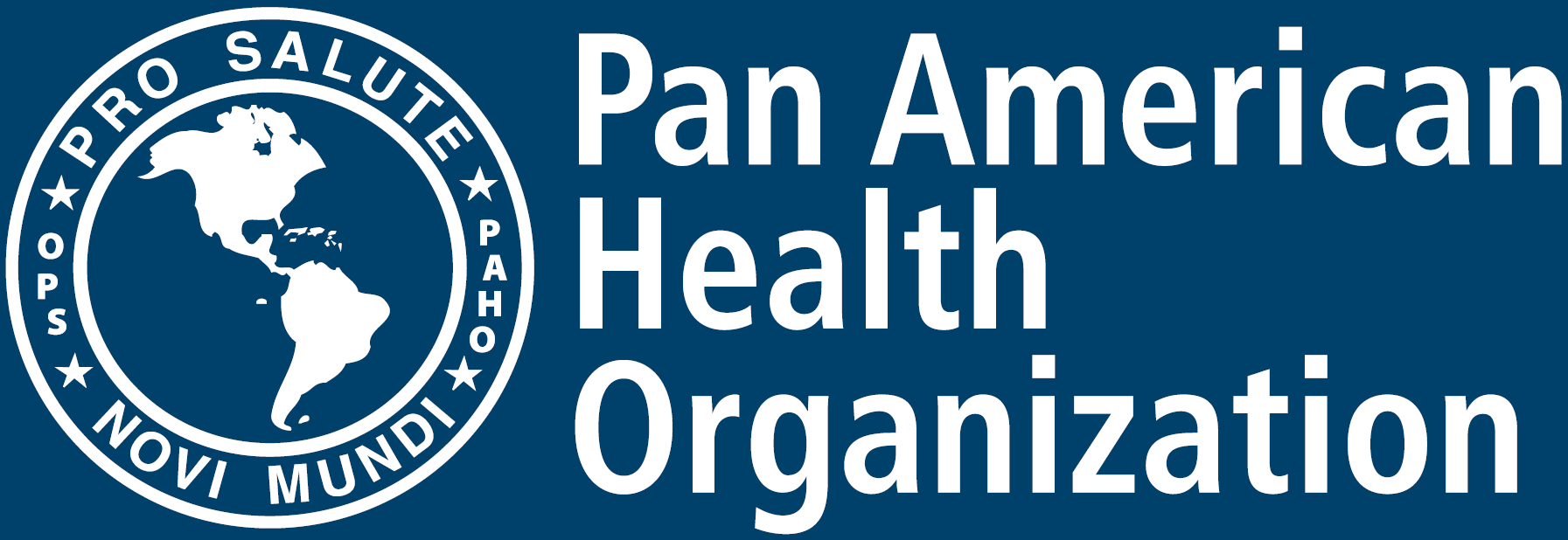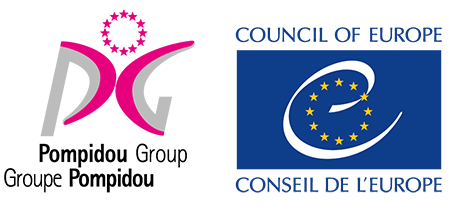This three-phase intervention is two-fold. Firstly, it will generate data on the prevalence of non-medical use of controlled medicines and risk perception amongst students in diverse areas. Not only is it important to understand the scale and nature of the issue, but such data is integral to informing subsequent interventions. The second is to build the capacity of university counselling staff to offer evidence-based prevention and treatment instruments in the form of ASSIST-linked brief intervention, and in doing so, support Member States in addressing the non-medical use of controlled medicines amongst the student demographic.
The body of research on the non-medical use of controlled medicines amongst university students remains limited. Much of the literature referring to the non-medical use of controlled medicines in young people refers mostly to children and adolescents and suggests interventions destined for the family and school. From the studies that are available on university students, the majority originate from high-income countries so that data from low- and middle-income countries is severely limited.
However, one study suggests that the same patterns of non-medical use occur by students in low- and middle-income countries, and that in addition to cognitive enhancement purposes, students may use prescription drugs in order to medicate anxiety stemming from conflicts, political instability, and economic upheaval (Ghandour et al., 2012). In order to determine the validity of this claim, and further understand the scale and nature of the problem, it is essential that research assessing prevalence and risk perception is undertaken in low- and middle-income countries.
From the background research undertaken, it is evident that almost all universities around the world have yet to develop regulations to prevent and treat the non-medical use of controlled medicines amongst their students. Suggestions enclosed in UNODC’s International Standards on Drug Use Prevention (2018) handbook on effective prevention and treatment interventions have neglected the demographic of university students. Students who may be using controlled medicines moderately or experimentally, which is becoming increasingly commonplace, or in more serious cases where dependence has developed, can find little assistance within their university.
Although prescription drugs may be perceived by students as a risk-free alternative to illicit drugs, non-medical use has the potential to create various adverse health outcomes. In 2007, amphetamines and methylphenidate were ranked 8th and 13th respectively for substances known to cause dependence (Nutt, 2007). In addition to the risk of developing a dependence, students who use prescription drugs non-medically may experience difficulties with their physiological and psychological well-being.
Developed by the World Health Organization (2012), the ASSIST-linked brief intervention is an instrument that aims to modify the behavior of substance users in high prevalence settings. It is a short intervention administered by a health worker given to clients and typically lasts between 3 to 15 minutes. The ASSIST tool is a questionnaire consisting of eight questions that provides information on lifetime substance use, substance use in the past 3 months, problems related to substance use, risk of current or future harm, and substance dependence by determining a risk score. It can screen for use of all substance types including prescription drugs, such as opioids, sedatives, and amphetamines, that could have been taken non-medically. The accompanying brief intervention session uses motivational interviewing techniques, the aim of which is to help clients understand if their substance use is putting them at risk. Immediate and appropriate advice is given based on the ASSIST feedback report card to help clients reduce or cease their substance use or, in more serious cases, refer them to treatment.
UNODC’s International Standards on Drug Use Prevention (2018) convey the efficacy of ASSIST and brief intervention for adults in the workplace and adolescents in school settings. The report highlights that further research is required to establish the effectiveness of this intervention amongst young people. According to a report by WHO (2012), ASSIST and brief intervention have shown to be a cost-effective way of targeting substance use and that 5 minutes of advice was as effective as 20 minutes of counselling. Moreover, in one study, over 80% of participants reported attempts to cut down on their substance use after receiving brief intervention, and there emerged a significant reduction in ASSIST scores 3 months later (Ibid). In one study, ASSIST and brief intervention were tested in a U.S. university counselling centre as a strategy to reduce binge drinking and drug use (Denering et al., 2012). Preliminary evidence was found for the effectiveness of this intervention, as there were significant reductions in marijuana use and binge drinking amongst students, and in particular, female students.
In order to trial ASSIST-linked brief intervention within universities, university counselling staff first have to be trained to deliver it. Such training typically takes around 30 hours and can be done intensively or through frequent sessions (WHO, 2012). Part of the feasibility of this phase of the project is not only that there already exists large groups of health practitioners who are trained to conduct such sessions and can train others, but we also possess the ASSIST-linked brief intervention training materials in many languages. Volume A of UNODC’s Treatnet Training Package (2008) is designed to familiarize staff working in drug treatment facilities with the ASSIST, build capacity to identify individuals with substance use disorders, and to train how to conduct a brief intervention. Furthermore, UNODC has access to a facility survey which was completed by Member States and identifies the existing health infrastructure in different regions. This can be used to connect universities to drug treatment services for clients in need of further attention. Students perceived to be at risk of substance use problems could be offered ASSIST-linked brief intervention, activities around advocacy could be organized to encourage students to seek it, and staff could administer it as part of routine care.
Phase 1: Undertake quantitative research in order to understand the prevalence and risk perception of the non-medical use of controlled medicines amongst university students
- Undertake quantitative research amongst a random student sample, each numbering at least 100, in five universities across diverse low- and middle-income countries. For example, research could be conducted in five different universities across Latin America, Africa, the Middle East, South Asia, and South-East Asia.
- The selection criteria for universities are: the existence of medical or welfare services; the existence of a medical or health science student association; located in a country where the Treatnet project has been implemented; located in a country with Treatnet trainers; and located in a country where the Treatnet materials have been translated into the native language.
- The data collected from the survey will provide valuable knowledge on the non-medical use of controlled medicines for UNODC, the universities, and all institutions concerned with student welfare or health system reform. It is hoped that this research will enable the development of insights on the prevailing issues shaping the use of controlled medicines in diverse university settings so that future interventions and recommendations can readily respond with acuity to the needs of this population.
Phase 2: Trial ASSIST-linked brief intervention in university welfare services
- Offer ASSIST-linked brief intervention in five university welfare services in low- and middle-income countries.
- The quantitative research undertaken at these universities would reveal the extent of the problem and determine whether this response is justified or better placed elsewhere.
Phase 3: Monitor the testing of ASSIST-linked brief intervention, conduct follow-up interviews, and compile a report detailing insights and recommendations
- Periodically monitor the fidelity to the method of ASSIST-linked brief intervention and ensuring everything is running smoothly. This could comprise of 3 visits every 2 months since the intervention was established.
- 6-month follow-up interviews should be conducted with staff and student clients who participated in both ASSIST and brief intervention. This will help to determine the efficacy of ASSIST-linked brief intervention in efforts to improve the availability and quality of drug prevention and treatment services for students, and the overall success of this intervention.
- After collection of data, a report will be compiled detailing insights generated as a result of the three-phase intervention and suggesting future recommendations for preventing and treating non-medical use of controlled medicines within this demographic.
- The results of this final report can also be used to understand the specific characteristics of the functioning ASSIST-linked brief intervention in diverse settings, as research for publications, for advocacy strategies, and as a means of collaborating with likeminded agencies.
Phase 1 expected outcome: collect data from diverse low-and middle-income countries, for which data is currently insufficient, on the issue of the non-medical use of controlled medicines amongst university students. This data can be used to inform the development and implementation of future technical assistance tools.
Phase 2 expected outcome: build capacity in university counselling staff to deliver ASSIST-linked brief intervention and to identify the specific requirements and appropriate response to each student seeking assistance. In most universities this will be the first technical assistance tool designed to prevent and treat the non-medical use of controlled medicines.
Phase 3 expected outcome: monitor the implementation of ASSIST-linked brief intervention, collect data on its efficacy, and compile a report which details insights and recommendations for future projects.
At national level the program will achieve the following objectives:
- Carry out quantitative research in five universities throughout diverse low- and middle-income countries to understand the scale and nature of the non-medical use of controlled medicines amongst university students
- Based on the results of the research, offer training using UTC, Treatnet, and WHO ASSISST training materials to university counselling staff so they can deliver effective ASSIST-linked brief intervention to prevent and treat the non-medical use of controlled medicines
- Monitor the functioning of this tool and conduct follow-up interviews six-months after its establishment with university counselling staff and student clients to gauge the success of the intervention
Current State Participants
No such initiative exists or is being implemented by UNODC.
SAHMSA in the United States has implemented programs and published documents describing the phenomenon and calling for action. This project is unique as it combines supply and demand reduction efforts for a comprehensive improvement of the drug control system to ensure the legitimate use of controlled medicines exclusively for medical and scientific purposes as stated in the International Drug Conventions.
Dr. Elizabeth SAENZ, Programme Officer at the United Nations Office on Drugs and Crime (elizabeth [dot] saenz [at] un [dot] org (elizabeth[dot]saenz[at]un[dot]org))




